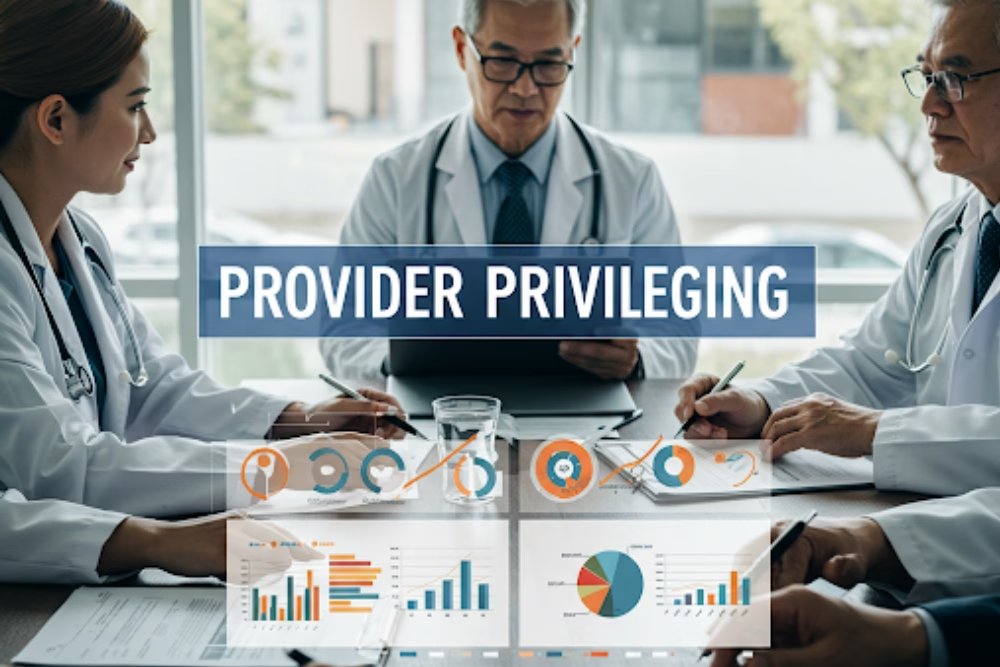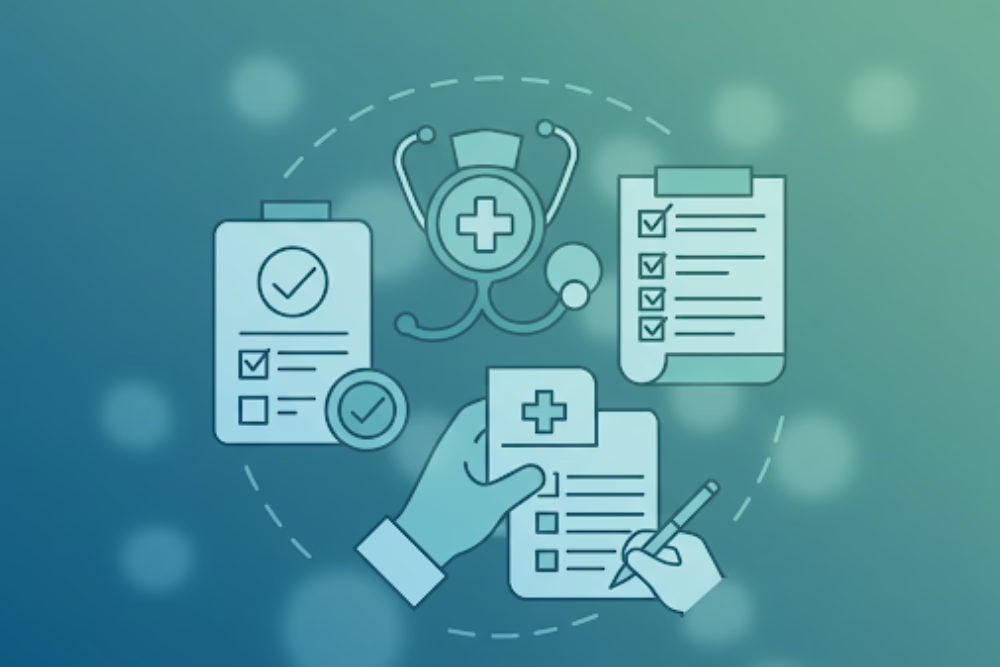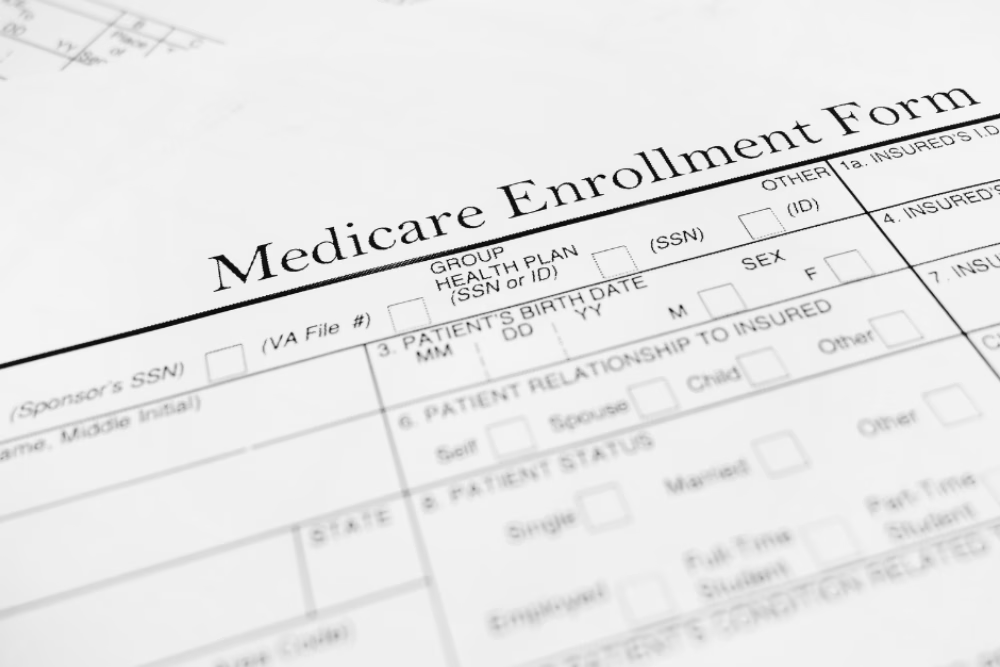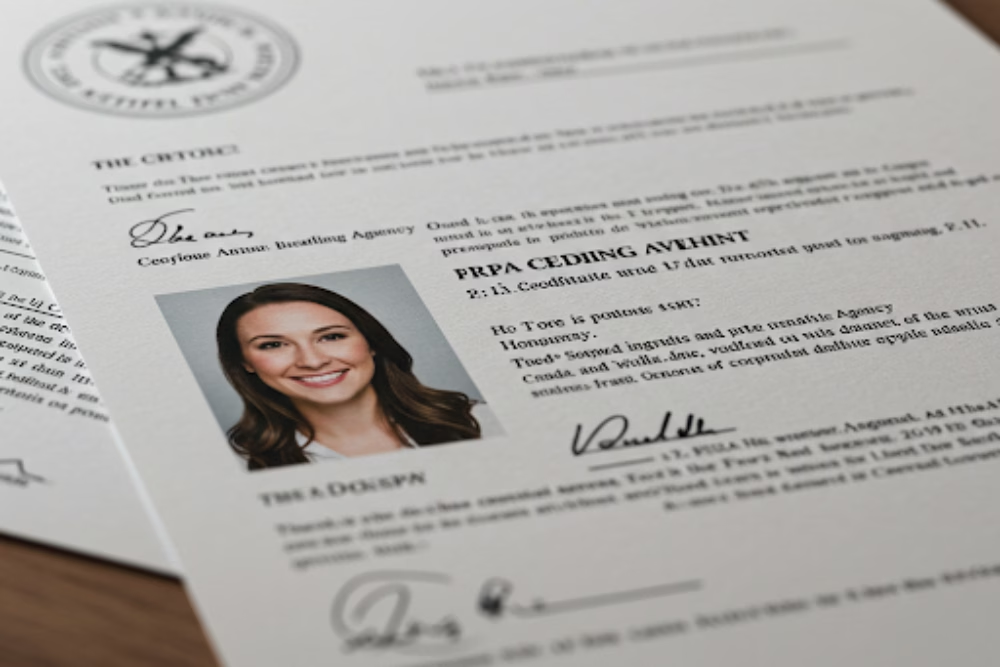For healthcare providers, credentialing is not a “one and done” process. Much like a driver’s license, your provider credentials require regular renewal to ensure you remain compliant and continue to deliver high-quality care. Ongoing re-credentialing with payers is essential for timely reimbursements and maintaining your practice’s reputation.
Why is Ongoing Maintenance So Important?
Re-credentialing, or ongoing maintenance, involves regularly verifying that a healthcare provider’s qualifications are current and relevant. Key components include:
- Valid Medical Licenses: Ensuring licenses are up-to-date and active.
- Malpractice Insurance: Confirming continuous and adequate coverage.
- DEA Certification: Verifying the provider’s ability to prescribe medications.
- Board Certifications: Checking for ongoing commitment to specialty standards.
- Employment History: Analyzing experience and professional development.
- Sanctions and Exclusions: Ensuring the provider has no sanctions with Medicare, Medicaid, or other state licensing bodies.
The Re-credentialing Process: A Quick Breakdown
- Application and Documentation: Submit an application with supporting documents that prove your qualifications and current practice details.
- Verification: Payers will meticulously verify your credentials, including your NPI number, state license, DEA registration, board certifications, and work history.
- Committee Review: A committee within the healthcare organization will review your verified credentials to determine your eligibility to remain in-network.
- Compliance: The entire re-credentialing process must comply with standards set by accrediting bodies like the National Committee for Quality Assurance (NCQA) and state healthcare laws.
Challenges and Roadblocks
Re-credentialing can present several challenges, including:
- Time Consumption: Gathering and verifying all necessary information can be a lengthy process.
- Risk of Errors: Manual handling increases the risk of errors, potentially leading to serious compliance issues.
- Changing Regulations: Keeping up with evolving state laws and regulations for different types of providers (physicians, dentists, behavioral health providers, etc.) adds complexity.
The Price of Non-Compliance
Failing to maintain your credentials can have serious consequences:
- Delayed Reimbursements: This can significantly impact your revenue cycle.
- Strained Resources: The demanding nature of re-credentialing can put a strain on your administrative staff.
- Provider Frustration: The repetitive process can lead to frustration among providers, potentially impacting patient care.
Streamlining the Process with Automation
Fortunately, there’s a better way! Utilizing automation to manage provider qualifications offers significant advantages over traditional methods. Automated systems can:
- Reduce manual errors
- Speed up the process
- Improve accuracy
- Free up valuable staff time
Need Help Navigating the Re-credentialing Maze?
Staying on top of provider credentialing can feel like a full-time job. If you’re a practice manager, healthcare provider, or owner looking for a smoother, more efficient way to manage this critical process, get in touch with eClinicAssist. We can help you streamline your credentialing and ensure you meet all necessary requirements.
Contact us today for a free consultation!






